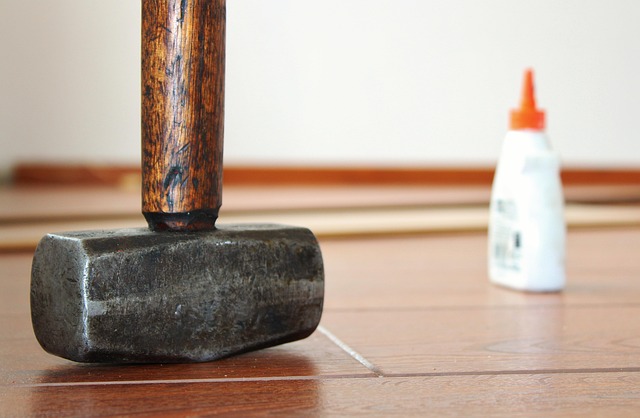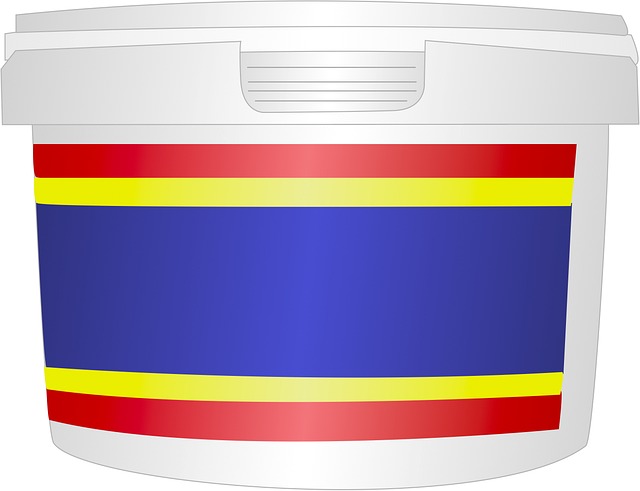Timber lamination using eco-friendly glues like epoxy resins, water-based, and bio-based adhesives offers durable, sustainable construction options. Glue laminated beams (GLBs/GLWBs) provide structural integrity, reduce waste, and are ideal for green building projects. Types of glue laminated beams include PVA, urea-formaldehyde, polyurethane, soy-based, and wheat gluten adhesives, each with unique strengths and applications. Life Cycle Assessments (LCAs) can further showcase their environmental benefits. Experts offer guidance on best practices and future advancements in adhesive technologies.
In today’s eco-conscious world, the timber industry is shifting towards sustainable practices, particularly in the realm of lamination. This article provides a comprehensive review of eco-friendly glues designed for timber lamination, exploring various glue types and their applications. From understanding the basics of timber lamination to delving into performance comparisons and environmental advantages, we uncover the game-changing role of these ‘eco-glues’. Additionally, we examine emerging trends in glue laminated beams, highlighting the diverse possibilities for this sustainable construction method.
- Understanding Timber Lamination and Glue Types
- Popular Eco-Friendly Glue Options for Lamination
- Performance Comparison: Strength and Durability
- Environmental Benefits of Using Eco-Glue
- Applications and Future Trends in Glue Laminated Beams
Understanding Timber Lamination and Glue Types

Timber lamination is a process that involves bonding multiple layers of wood veneers or planks to create sturdy, solid structures. This technique is commonly used in construction for making glued laminated beams (GLB), which are essential components in building frameworks, bridges, and other structural applications. The quality and strength of these beams heavily depend on the type and performance of the adhesive used.
There are various types of glues suitable for timber lamination, each with unique properties. Traditional options include polyvinyl acetate (PVA) glue and urea-formaldehyde resin. However, modern approaches favor more environmentally friendly alternatives, such as epoxy resin adhesives. These advanced adhesives offer superior bonding strength and water resistance, making them ideal for demanding construction projects. When considering glue laminated beam design considerations, it’s crucial to select the right adhesive that aligns with specific project requirements, ensuring optimal performance while adhering to quality control measures for glued timber beams. For further exploration of these innovative solutions, visit unalam.com.
Popular Eco-Friendly Glue Options for Lamination

When it comes to eco-friendly glues for timber lamination, several options stand out as popular choices among professionals in the construction industry. These glues are designed to meet the growing demand for sustainable building practices while ensuring structural integrity. One of the most common types is water-based glue, known for its low VOC (Volatile Organic Compound) emissions and quick setting time. This option is not only cost-effective but also safe for both users and the environment, making it ideal for indoor applications.
Another notable choice is polyurethane glue, which offers exceptional bonding strength and flexibility. It has gained popularity due to its ability to withstand high temperatures and moisture, making it suitable for lamination technology in reinforced concrete beams. Moreover, recent advancements have led to the development of bio-based glues derived from renewable resources like plants, providing a sustainable alternative without compromising on performance. For those seeking cost-effective glue options for wooden beams, there are natural resins and plant-based adhesives that offer competitive bonding strengths while promoting environmental sustainability. To learn more about these products and explore our range of eco-friendly solutions, visit us at 18 Clifton St, Unadilla, NY 13849 anytime.
Performance Comparison: Strength and Durability

When it comes to performance comparison, eco-friendly glues for timber lamination must be evaluated based on strength and durability. The effectiveness of different types of glue in laminating beams is crucial for structural integrity, especially when strengthening existing structures with glued beams. Glue laminated beams, as opposed to nail laminated beams, offer superior advantages in terms of both initial installation and long-term performance.
The durability of eco-friendly glues is a key factor in their successful application. High-quality glues not only bond timber components securely but also withstand environmental stresses over time. As you explore options for your project, consider the specific demands of your structure and visit us at 18 Clifton St, Unadilla, NY 13849 anytime to learn more about how glue laminated beams can contribute to a stronger, more sustainable build.
Environmental Benefits of Using Eco-Glue

The use of eco-friendly glues in timber lamination offers significant environmental advantages, making it an attractive alternative to traditional glue options. When considering the various types of glue used for laminated beams, those with lower environmental impact stand out. Biodegradable and water-based adhesives, such as soy-based or wheat gluten glues, reduce the carbon footprint associated with manufacturing and disposal compared to synthetic alternatives.
Furthermore, assessing the entire life cycle of glue laminated buildings through a Life Cycle Assessment (LCA) can reveal substantial benefits. This method evaluates not just the production and use phases but also the end-of-life recycling or disposal processes. By choosing eco-glues, builders and manufacturers can contribute to sustainable construction practices. For troubleshooting common issues with glue laminated connections or considering using epoxy glue for specific applications like steel beam lamination, experts are available to guide you. Give us a call at (607) 369-9341 for personalized advice.
Applications and Future Trends in Glue Laminated Beams

Glue laminated beams, also known as Glue Laminated Wood Beams (GLWBs), are an innovative construction solution that has gained significant attention in recent years due to their environmental benefits and superior structural performance. These beams are created by gluing together multiple layers of lumber, resulting in strong, durable structures with minimal waste. This method is particularly popular in sustainable construction practices as it reduces the need for chemical treatments and promotes the responsible use of timber resources.
Looking ahead, the future of glue laminated beams appears promising with ongoing research focusing on advanced adhesive technologies. Epoxy resin adhesives, for instance, are being explored for their exceptional bonding strength and weather resistance, making them ideal for both residential and commercial projects. As construction industry trends shift towards more eco-conscious practices, manufacturers and builders can anticipate increased demand for GLWBs. To ensure the longevity of these structures, proper installation techniques and regular maintenance, including examining glue lines and joints, are crucial to prevent failure in glue laminated connections. For expert advice and guidance on choosing the right glues and implementing best practices, give us a call at (607) 369-9341.
In conclusion, the adoption of eco-friendly glues for timber lamination offers a promising path towards sustainable construction practices. By exploring alternatives to traditional adhesives, manufacturers can achieve robust and durable connections while mitigating environmental impact. As research continues to evolve, the future of glue laminated beams appears poised for widespread acceptance, driven by both performance advantages and ecological responsibility.














